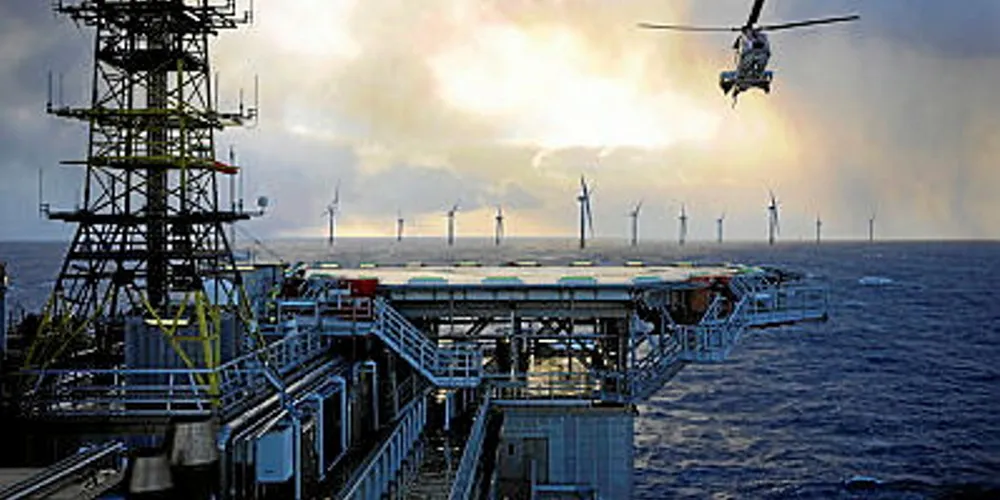Orsted, Neptune Energy mull 'energy hubs' linking oil fields, CCS and hydrogen to offshore wind
Danish utility would provide power from world’s largest wind at sea zone at Hornsea for huge North Sea hubs run by independent E&P company

Danish utility would provide power from world’s largest wind at sea zone at Hornsea for huge North Sea hubs run by independent E&P company
